10 Extreme Survival Stories

The desert is harsh and unforgiving. These brave souls faced it head on and lived to tell the tale.
Maybe it's hurtling down the slopes to take advantage of the freshly fallen powder on a remote mountainside, exploring an underwater cave or navigating the sea that will have you facing unthinkable obstacles.
Of the expanses of ocean , crushing ice and the incredible feeling of being absolutely alone , here are some of the most spectacular survival stories we've ever heard.
The Wild Boars ( Thai football team)
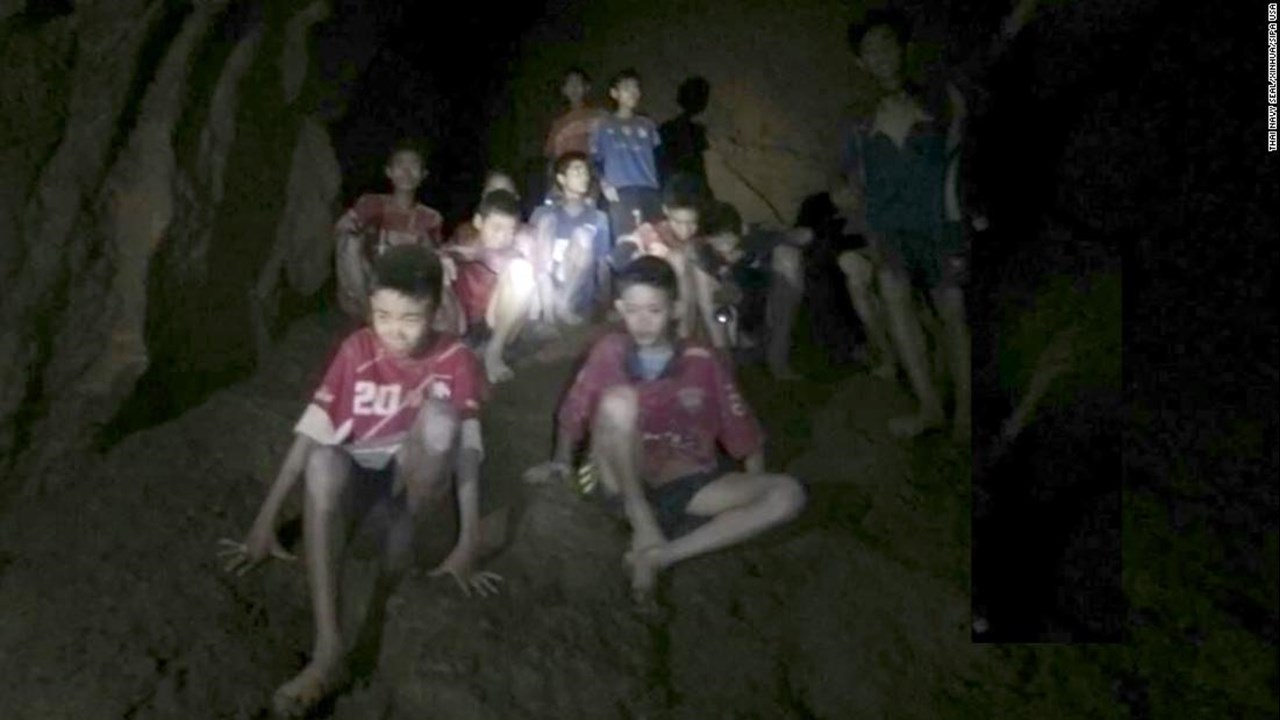
After a soccer practice in June 2018, 12 members of a Thai soccer team and their coach decided to explore the nearby cave of Tham Luang, one of the longest in Thailand.
The boys, aged 11 to 16, and their coach, 25, waded into the waters and started exploring the cave . When a flash flood hit, they pushed deeper inside, eventually heading to a raised platform four kilometers into the cave system. The flood filled the twisted cave system with water, trapping the boys for 17 days. For the first nine days, they had no food and relied on dripping icicles for water. But they did not sit and wait.
Realizing they were trapped, the boys took turns digging a 16-foot hole in the cave wall, hoping to find a way out. They meditated to save energy and avoid thinking about the foot. Then British divers who had set out from the cave entrance three hours before came across the boys.
However, surviving that long was only half the battle. Thai Seals entered the cave to help and spend time with the boys while rescuers planned how to get them out safely. During a three-day mission, divers recovered each player and their coach.
The arduous journey to the surface required each boy to wear a diving mask integral, to be strapped between two divers and swim for hours through extremely tight turns and pressures. Thanks to the efforts of the Thai Navy Seals and the international diving community, all survived and were able to quickly return to normal and healthy lives after the rescue.
Tragically, a former Thai Navy Seal died in the rescue effort.
Discover the whole "SURVIVAL" range >>
Angela Hernandez
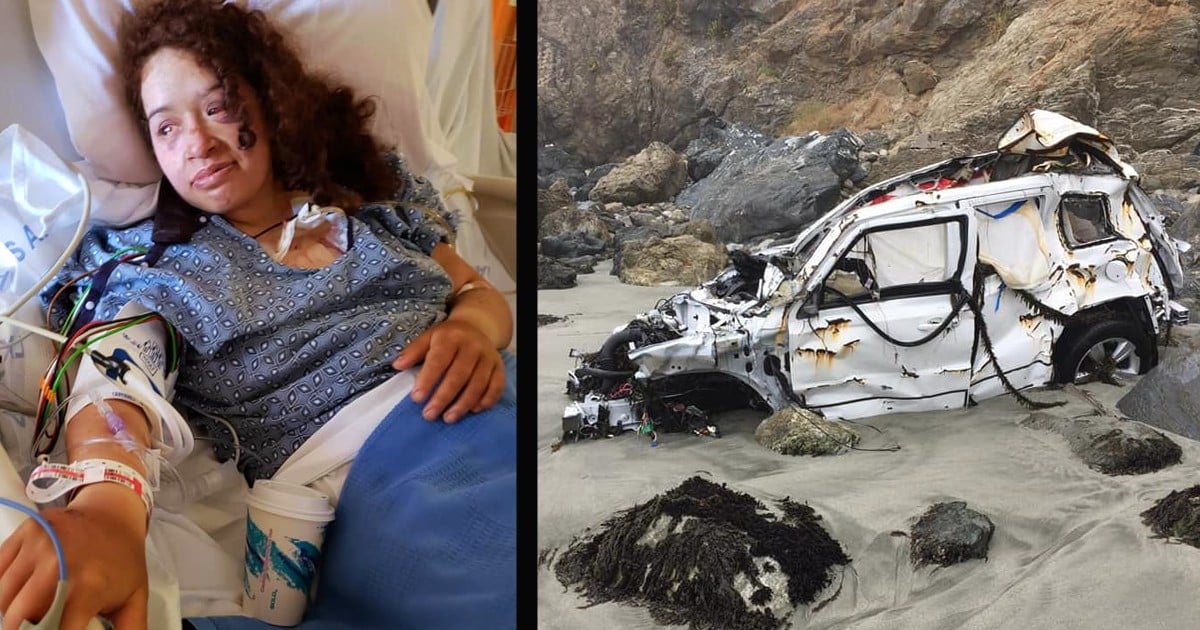
In July 2018, Angela Hernandez was driving near Big Sur on Highway 1, heading towards Southern California in her SUV, when a small animal crossed the road. Hernandez swerved to miss it and in doing so, pulled his SUV off the road and off a cliff , tumbling about 200 feet onto a rocky, desolate beach.
She had a brain hemorrhage, fractured ribs, broken collarbone, ruptured blood vessels in both eyes, and a collapsed lung, but she did not die. When she came to, the water splashed over her knees. She broke her window with a multitool, crawled out the window, swam to the beach and passed out.
When she came to, she had no shoes on and was understandably bumped, but started walking towards the shore for help. She used a hose from her car to collect the water that was dripping from the foam along the shore. She walked for days. Up there, she could see cars passing over the top of the cliff, but they couldn't see her or hear her screams.
It's only when a few hikers searching for beach fishing spots came across his wrecked Jeep and drove around the beach until they found Hernandez collapsed sleeping on some rocks. They gave him water and called for help. Eventually, rescuers used ropes to descend the cliff and evacuate Hernandez to a hospital, ending his seven-day ordeal.
Steven Callahan

After successfully crossing the Atlantic solo in his 6.5 meter sloop, Steven Callahan started the return journey in January 1981. The storm around his boat one evening did not worry him, but the hole a whale or shark made in the hull of his boat in the middle of the night in the middle of the storm surely did.
As the boat began to sink, Callahan repeatedly dove into the sinking ship to catch some survival gear . With food and water for a few days, Callahan climbed into his six-foot circular raft, adrift 800 miles west of the Canary Islands and moving away from it every moment. Callahan fished with a spear gun and produced water with a solar still. On day 14, he beckoned a passing ship, but he continued to pass.
After a month, it drifted off the shipping lanes. By day 50, he was covered in salt water sores, battling dehydration in tropical waters and struggling to plug a hole in his raft. Exhausted and having lost a third of his body weight, Callahan was finally spotted by a fisherman off the coast of Guadeloupe as birds and fish surrounded his raft, rummaging through the entrails of fish he was throwing back into the sea. . He had been adrift for 76 days.
The Robertson Family
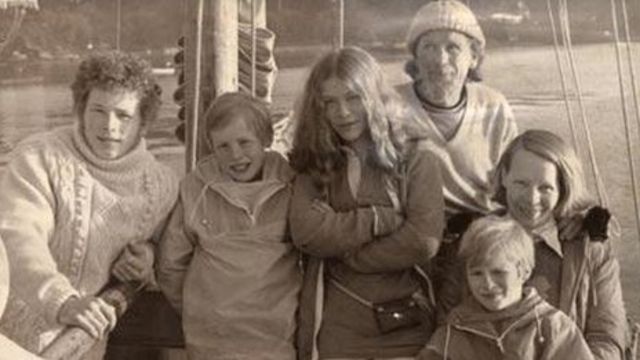
For 38 days, the Robertson family was lost at sea. Patriarch Dougal Robertson, a British dairy farmer, just wanted to take his family on a boat for "the university of life as his son called him. On January 27, 1971, Dougal, his wife and their four children boarded a wooden schooner called the Lucette, heading for regions unknown.
Douglas, the eldest son, told the BBC his father had made little preparation for the trip, despite having been in the British Merchant Navy. For 17 months at sea, the family did well, sailing from port to port and seeing the world. But on June 15, 1972, the family encountered a pod of killer whales off of the Galapagos Islands .
The whales attacked the boat, smashing it and severely damaging it. The ship was taking on water. All they had was a canoe lifeboats and a small boat, and only six days' worth of food. They survived on rainwater and hunted the turtles, drifting out to sea, hoping to ride the Pacific currents to the middle of the ocean, which would then push them to the Americas.
After 16 days, the raft was no longer usable, so the family of inexperienced crew members fled to a dinghy. It was a 10ft boat well over its capacity, but they managed to hang on until they were discovered by Japanese fishermen on July 23, 1972.
Harrison Okene
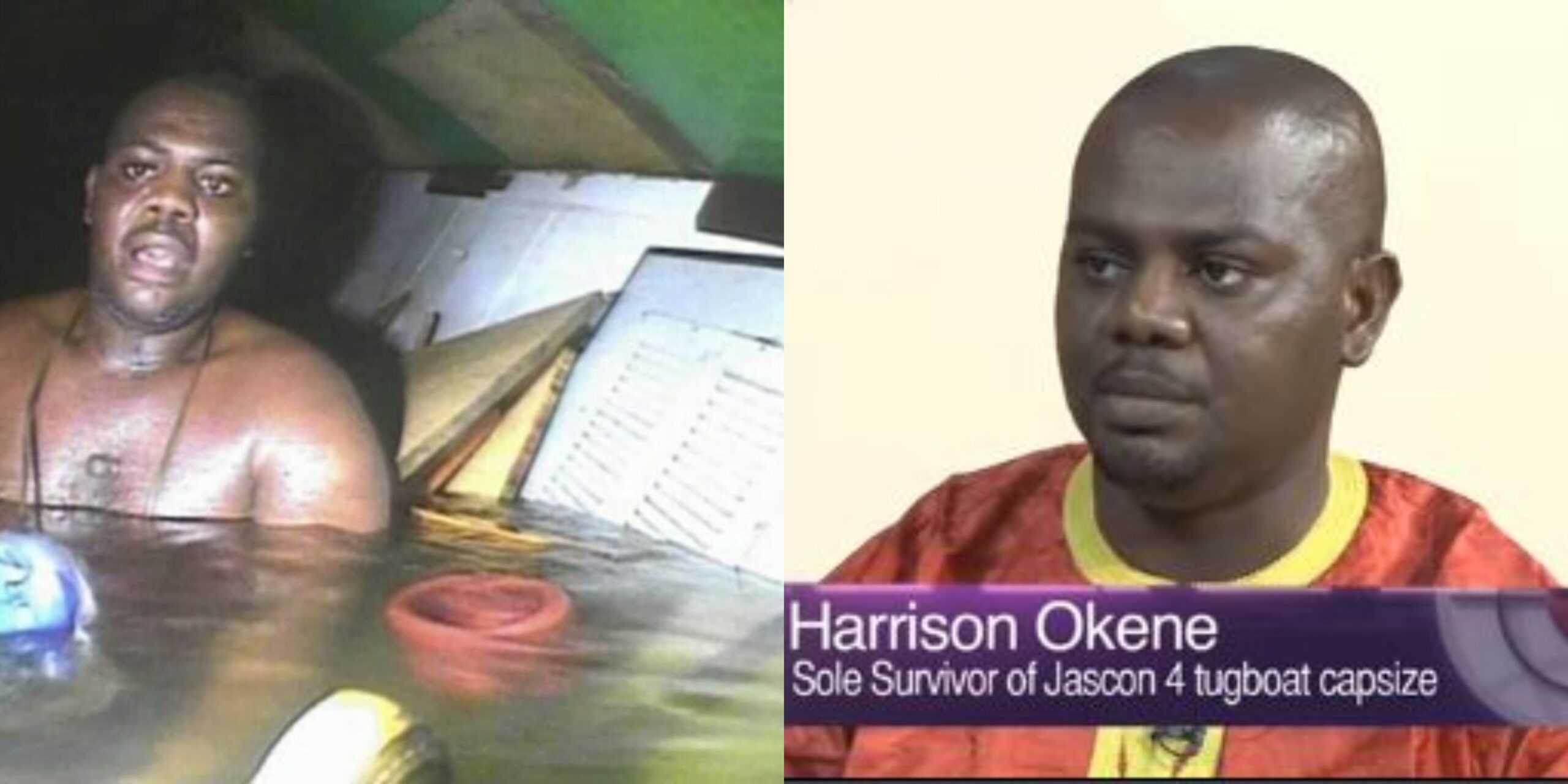
On May 28, 2013, divers in the wreckage of the Jascon-4 were attempting to triage the vessel, which sank 100ft off the coast of Nigeria after capsizing. What they didn't expect to find was a survivor.
Harrison Okene was the ship's cook. He was in the latrine when the boat capsized and tried to reach an emergency exit hatch, but failed. The boat began to fill with water with Okene trapped inside. Eventually, he got trapped with a four-square-foot air bubble.
After three days, he had lost hope. Then he heard a knock. It was the hammer of the divers working on the surface of the ship. Eventually, scuba gear was brought to him and he was taken to a decompression chamber, where he had to spend two days. He had been to depths that should have killed him in a situation that claimed the lives of everyone else on board. Unsurprisingly, he vowed never to go to sea again.
Endurance Expedition

Ernest Shackleton had braved the South Pole once, and he was ready to face it again in 1914, leaving with a group of 28 men. They hoped to cross the entire continent and arrive on a waiting ship on the other side. Instead, they found themselves hopelessly trapped in the ice when their ship, the Endurance , collapsed.
Eventually supplies began to dwindle and the men took to their lifeboats, floating to an island that took 14 days in the bitter seas of Antarctica to reach. From there they had to mount another expedition to South Georgia Island, the nearest inhabited island, nearly 1,000 miles from their original starting point.
Despite multiple hardships, the 28-man mission survived, though some of the dogs weren't so lucky (and were eaten as food supplies ran low). Party, which has known three deaths.
Juliane Koepcke

Juliane Koepcke had two great survival stories to tell at the end of her ordeal. On Christmas Eve 1971, Koepcke flew LANSA Flight 508 , which was struck by lightning. It began to disintegrate mid-air, and Koepcke found herself still strapped to her seat, two miles above the Peruvian rainforest.
She was beaten. She was bruised. His collarbone was broken. But she was alive, the sole survivor of the flight. And now she found herself alone in the desert. A few sweets were her only food, but she found a small stream. She was wading through it, able to hydrate herself at the same time.
The jungle bugs stopped eating her alive and the maggots had infected her arm, but after nine days she was able to find a campsite. She gave herself rudimentary first aid, including pouring gasoline on the maggot infestation. A few hours later, lumberjacks found her, gave her first aid and took her to a more populated area where she was airlifted to hospital.
Her story was eventually told in the 2000 documentary wings of hope by director Werner Herzog, who had booked a seat on the same flight before canceling at the last minute.
Apollo 13

To date, no living human has traveled as far into space as the crew of Apollo 13 . (Clyde Tombaugh's ashes have now passed Pluto, but that's another story.) The crew's path took them 248,655 miles from Earth before descending for a miraculous landing.
But the crew never reached the surface of the moon, their original destination. Instead, Jim Lovell, Jack Swigert, and Fred Hayse encountered a problem that could have killed them all: Faulty wiring ignited an oxygen tank, blowing out part of the spacecraft.
Using the lunar module as a lifeboat, the crew stretched out the remaining rations. They had to make a day and a half of food last for two people for four days between three people. The crew had to perform an orbital correction that took them away from the moon and back to Earth.
The lunar module provided a safe haven for astronauts in space, but the craft could not survive atmospheric re-entry. The crew returned to the damaged command module before they managed to reach the ground, all safe except for a severely dehydrated Hayse.
Aron Ralston

Aron Ralston will forever be remembered as the guy who cut his hand to escape a rock climbing accident that left him stuck between two rocks. Ralston was climbing Blue John Canyon in Utah alone. As he descended a canyon, a rock broke loose and trapped his hand.
No one knew he was there, and he only had a little water and a little food. It was up to him to save himself. He struggled for three days before deciding to amputate himself to get out of it. But after two days of trying various methods, he almost gave up. At this point, he had run out of water and was surviving on his own urine.
Until an idea came to him on the sixth day: he could amputate part of his own arm much more easily if he could only break his radius and ulna. After an hour of labor with a cheap multi-tool, he had successfully amputated his hand, and still had to get back to his vehicle, scrambling down a 65-foot wall with one hand.
He was eventually discovered by a European family in a camp and six hours after his self-amputation was rescued by authorities. He was found just in time: Ralston was about to die of a hemorrhage. He survives today, still taking outdoor expeditions and rock climbing adventures when he's not giving speeches or does not make films about his life .
Ada Blackjack
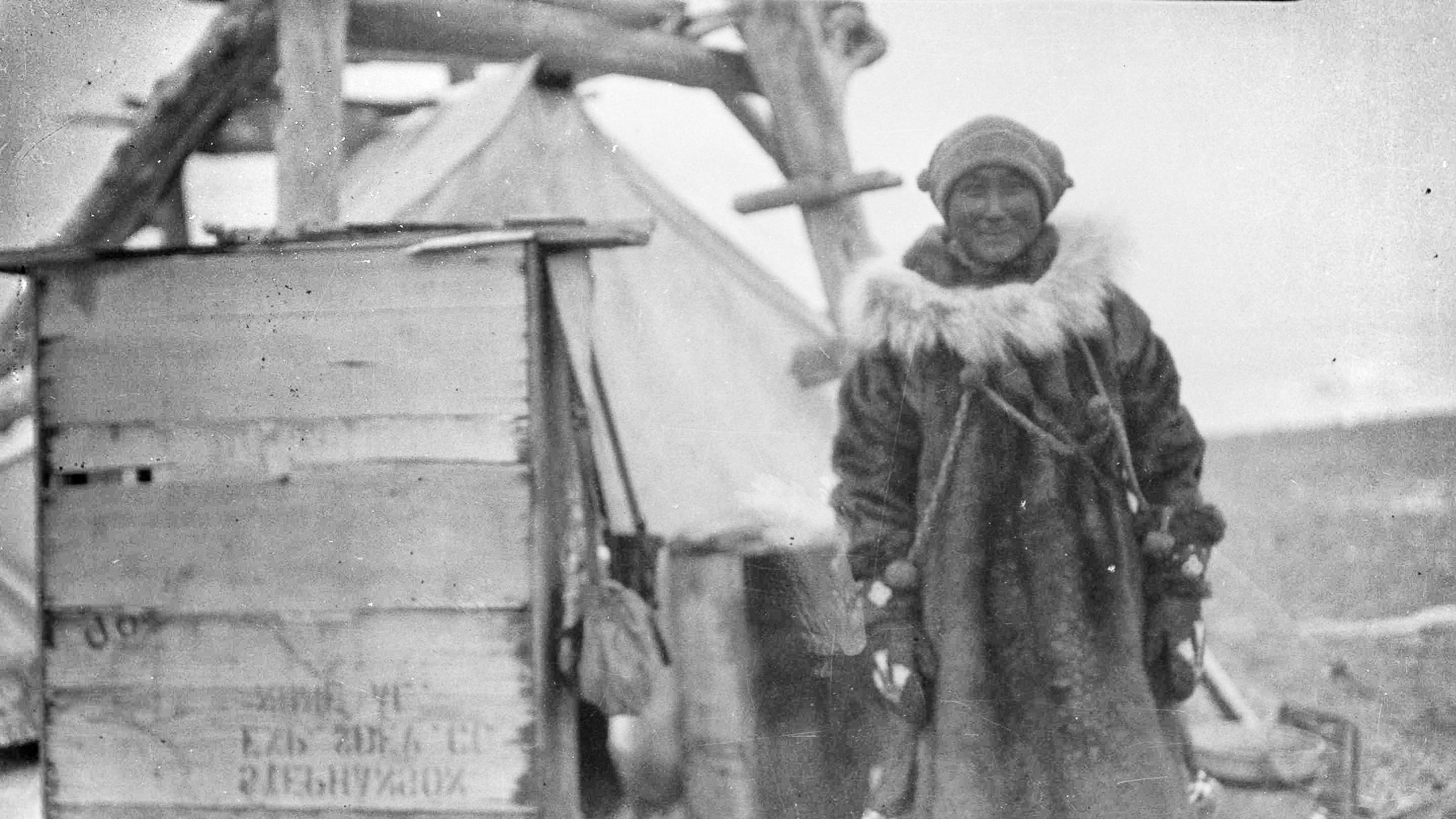
Ada Blackjack, originally from Alaska, was a member of the indigenous Iñupiat people. She was signed by Canadians Vilhjalmur Stefansson and Allan Crawford for an expedition to the Wrangel Islands, which are now considered Russian territory. The purpose was to claim them on behalf of Canada, and Blackjack was the expedition's seamstress and cook.
Five expedition members were left on the island on September 16, 1921 as a territorial claim, but their rations soon ran out. Three members set off in search of help while Blackjack cared for an ailing teammate, who later perished, leaving her alone on the island.
Blackjack survived there for two years, which is no easy task considering the risk of a polar bear attack. She learned to hunt seals and survived partly on their meat until she was finally rescued on August 28, 1923, nearly two years after being left behind on the island.
According to a site run by the University of Alaska-Anchorage, blackjack was not given a hero's welcome. Instead, she was criticized for failing to save her male teammate's life, although the family "ultimately agreed after meeting with her and releasing a statement that Blackjack had done everything possible to save the life of their son. Yet she spent the rest of her life in poverty before her death in 1983.
0 comments
